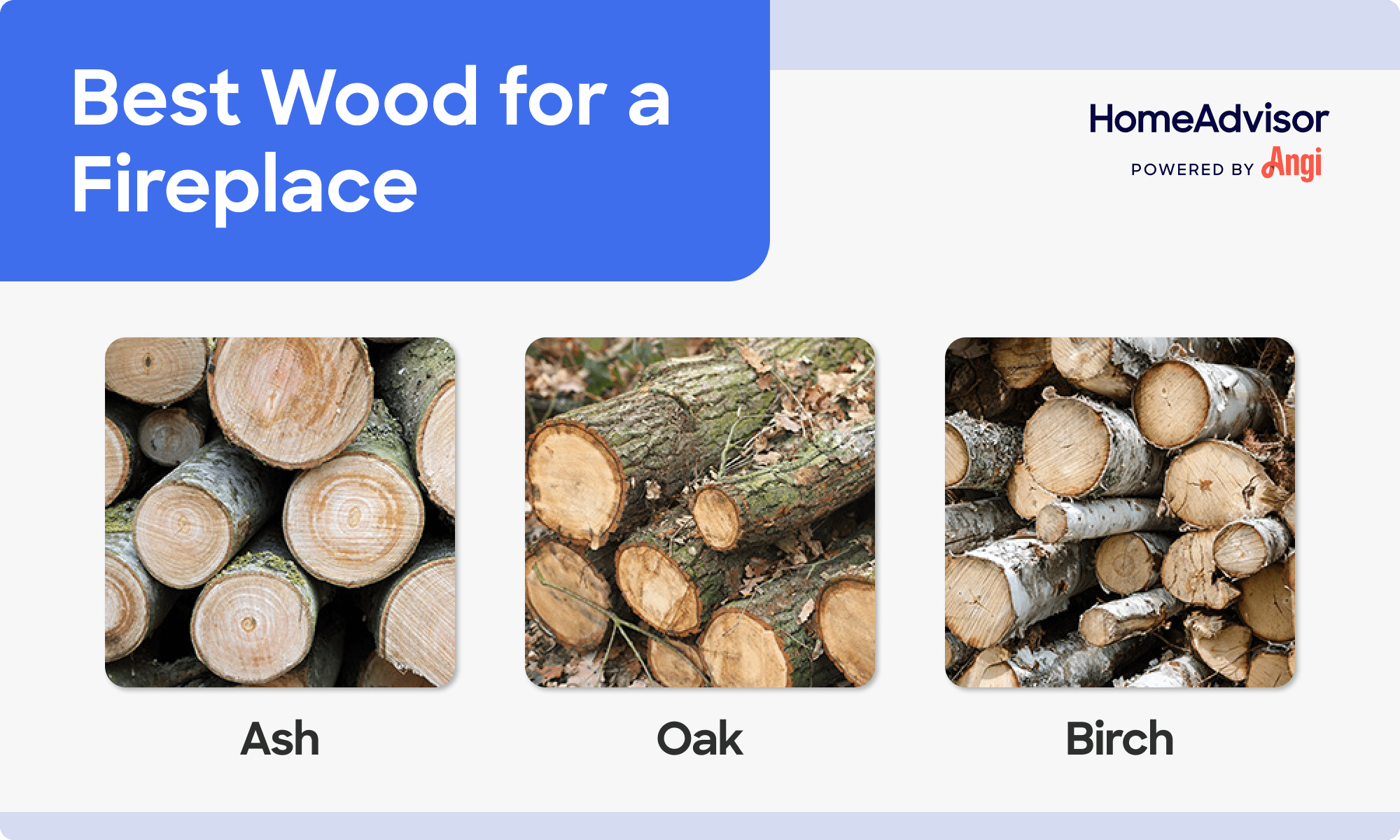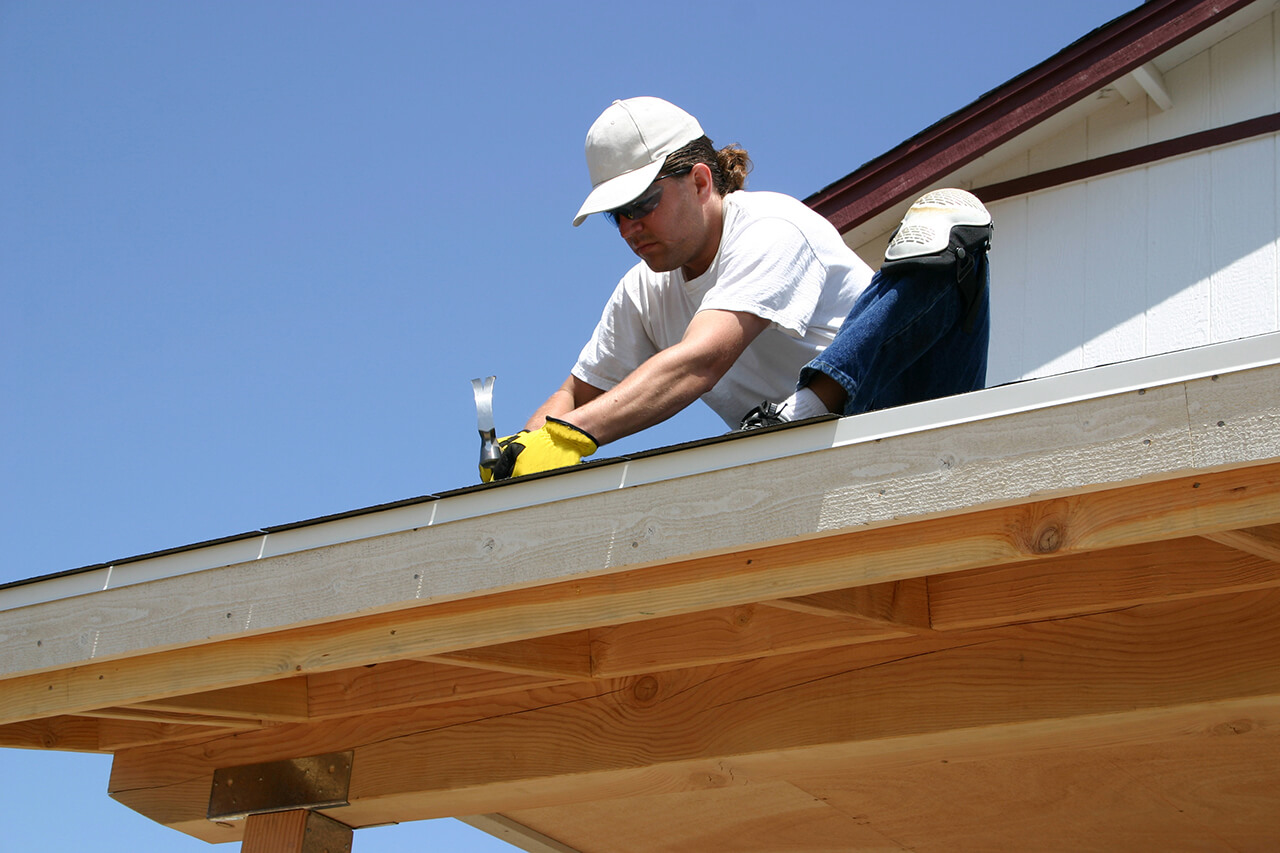
Discover the cost of chimney repairs, exploring factors such as the type of repair, materials required, and local labor rates.
Installing a wood stove costs an average of $2,509


Installing a wood-burning stove costs an average of $2,509, with a range between $943 and $4,224.
Costs vary based on factors like wood costs, labor, chimney condition, and necessary ventilation work.
Hiring a professional to install your wood-burning fireplace ensures safety, compliance with local regulations, and proper installation.
This article was updated using automation technology and thoroughly reviewed for accuracy by HomeAdvisor Editor Ryan Noonan.
Installing a wood-burning stove costs an average of $2,509, with prices ranging from $943 to $4,224 depending on factors like wood costs, chimney condition, and labor rates. Hiring a professional ensures your stove is installed safely and complies with local regulations.
Your project budget can vary widely based on several factors. Adding a fireplace to a home that wasn't originally designed for one can significantly increase your costs, as can your choice of style and ventilation needs.
If you're building a new home, installing your fireplace during the construction phase can save you money. Adding a fireplace to an existing home that wasn't designed for one comes with significant challenges, like additional chimney construction, ductwork, or electrical work. In this case, a ventless or electric fireplace may be your most cost-effective option.

When choosing a wood-burning fireplace or stove, factor in the ongoing cost of firewood. Remember that a cord costs between $120 and $900 on average, and you may require at least two cords if you plan to use your stove as your primary heat source.
Proper ventilation is crucial for fireplace safety. If you need to add ventilation or fix your existing system, you may need to increase your budget by several thousand dollars. The average price of a chimney rebuild ranges from $3,100 to $14,500.
Since the project cost will rise if you need chimney repairs, enlist a local chimney inspection service, keeping in mind that chimney inspections cost an average of $450, with prices ranging from $100 to $5,000 depending on the scope of work, before installing your wood stove.
For wood-burning stoves specifically, repairs may cost as follows: addressing a chimney obstruction can range from $120 to $360, fixing a faulty gasket costs between $20 and $50, and repairing loose stove pipes generally comes to $75–$130.
Hire a professional fireplace installer to ensure safety and compliance with local regulations.
The cost to install a chimney liner ranges between $1,500 and $4,000, with the average homeowner paying $2,500. Clay and aluminum are the most cost-effective flue liners, compared to pricier options like ceramic or thermocrete.
The type of fireplace or stove will help determine your project’s overall price—and those that need ventilation will be pricier to install depending on your existing home setup.
Installing a wood stove costs between $325 and $4,000 or more, on average. While you can purchase a freestanding unit for less than $1,500, additional expenses for ventilation and non-combustible wall coverings on nearby walls often bring the total to the $3,000 to $4,000 range. There are three main types of wood stoves to consider:
| Wood Stove Type | Average Cost Range |
|---|---|
| Catalytic | $2,000–$5,000 |
| Non-catalytic | $400–$3,000 |
| Hybrid | $2,000–$4,500 |
Catalytic wood stoves: These produce fewer fumes and burn more efficiently, but are more expensive.
Non-catalytic wood stoves: These are less expensive but less efficient.
Hybrid models: These combine features of both catalytic and non-catalytic stoves.
The cost to install a pellet stove averages between $1,000 and $3,700. Pellet stoves are similar to wood-burning stoves, but they burn clean pellet fuel instead of wood and use a thermostat to control temperature.
While it might be tempting to install a fireplace yourself to save on labor costs, fireplace installation is a job best left to a professional. It's not just about safety and insurance; it's also about complying with local laws, building codes, and regulations. For example, some states have banned ventless fireplaces due to health concerns, and others have specific safety requirements. You can save some money by tackling cosmetic updates like the fireplace surround yourself, but leave the actual installation to a qualified fireplace installer near you.
According to the National Fire Protection Association, heating equipment like fireplaces and wood-burning stoves is a leading cause of residential fires, often due to failure to clean chimneys. Be sure to schedule your annual inspection and call a local chimney sweep when cleanings are required.
No place is more important than your home, which is why HomeAdvisor connects homeowners with local pros to transform their houses into homes they love. To help homeowners prepare for their next project, HomeAdvisor provides readers with accurate cost data and follows strict editorial guidelines. We surveyed thousands of real customers about their project costs to develop the pricing data you see, so you can make the best decisions for you and your home. We pair this data with research from reputable sources, including the U.S. Bureau of Labor Statistics, academic journals, market studies, and interviews with industry experts—all to ensure our prices reflect real-world projects.
From average costs to expert advice, get all the answers you need to get your job done.

Discover the cost of chimney repairs, exploring factors such as the type of repair, materials required, and local labor rates.

Use this guide to budget for roof repair costs based on factors such as roof condition, materials, size, repair type and severity, and more.

Use this guide to budget for chimney replacement costs based on factors including materials, rebuilding tasks, repairs, and more.

Need fascia and soffit repairs? Hiring a pro ensures proper installation, protects against pests, and prevents structural damage. Learn about common warning signs, material options, and how fascia and soffits safeguard your home from moisture.

Learn how to budget for a new fence by exploring cost factors such as the fence size, height, posts, gates, style, and labor requirements.